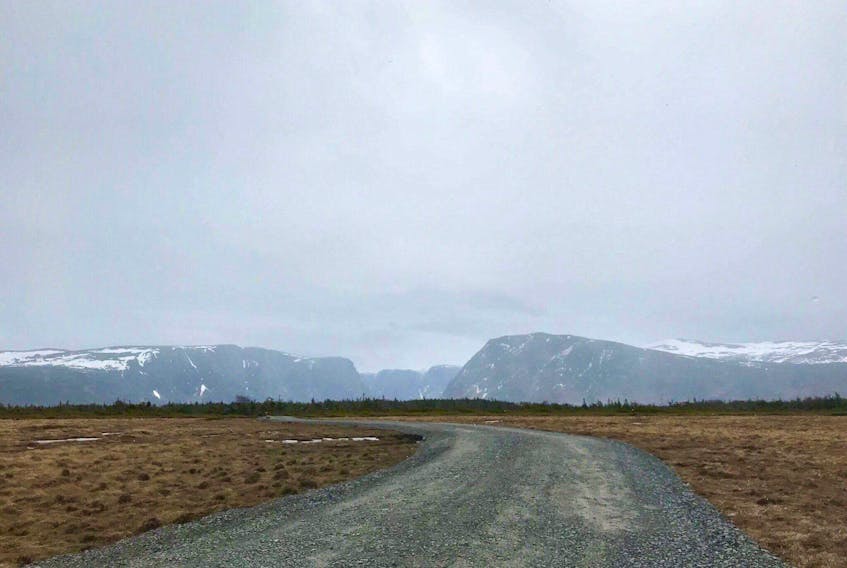Michael Burzynski took to Facebook on Monday to express his displeasure with Parks Canada after taking, what he called, “the most depressing walk” he has ever taken.
Western Brook Pond Trail, he said, has been turned into a vehicle access road — the result of trail upgrades that began last fall.
It was only on Monday that Burzynski, who began working with national parks as a naturalist back in 1973 and has even written guidebooks for some of them, returned to the trail that he says he has walked more than a hundred times in the last few decades.
As far as he’s concerned, the trail “no longer exists” and he said he will remove it from future guidebook updates and never recommend it to anyone as a hike again.
The post garnered plenty of attention with over 500 comments and more than 800 shares. Some people shared Burzynski’s outrage, while others agreed with the work that was done.
The online debate caught the attention of Long Range Mountains MP Gudie Hutchings, who responded with assurances the trail is still a work in progress and the upgrades were necessary for safety and accessibility due to the popularity of the trek.
She said when the trail is finished next season, it will more closely resemble the scenic, natural experience that Burzynski fears has been annihilated.
A few excerpts from the respective Facebook posts of Michael Burzynski and Gudie Hutchings:
Michael Burzynski
“After sampling the new Western Brook Pond “experience” I can only say that for me, Western Brook Pond Trail no longer exists. The park’s best known and iconic nature trail is now just an unattractive dirt road. All that is missing are speed limit signs.”
“The entire hike from parking lot to the edge of the Western Brook Pond is a death march along a straight, wide, dusty, gravel road.”
“It is a scar whose presence devalues the beauty of the surrounding landscape. It is too wide, too straight, too coarse, and too industrial. I realize that the work is not yet finished, but I also know a hell of a lot about interpretive trails, and this will never again be used as one.”
“It destroyed the walking trail experience for all visitors forever. It is engineered entirely for vehicles without any concern for walkers’ experience or for the natural resources that the national park is supposed to protect.”
“If you used to enjoy Western Brook Pond Trail and wish to remember it as it was, I suggest that you don’t ever hike the trail again — it’s like seeing the corpse of a beloved friend or relative.”
Gudie Hutchings
“The popularity of this experience has grown significantly in recent years with Western Brook Pond seeing as many as 40,000 visitors during the operational season. The previous trail could no longer accommodate this number of visitors…”
“Vegetation removed during trail rehabilitation will be allowed to regenerate. The Park will actively assist re-vegetation along the trail by planting appropriate species of plants, lichens and trees over the coming year, allowing the trail to blend in with the surroundings. And a very important fact to know: the trail will not be paved.”
“The increased width is required to better meet the volume and type of pedestrian traffic, safely facilitate the transport of supplies for the popular boat tour, and allow for emergency medical evacuations, should the need arise.”
“This updated trail is meant to be accessible, so that any person of any age wishing to experience Western Brook Pond is able to do so in comfort.”
“One of the biggest priorities was ensuring that the necessary changes were provided with the lowest environmental impact to achieve these goals.”









